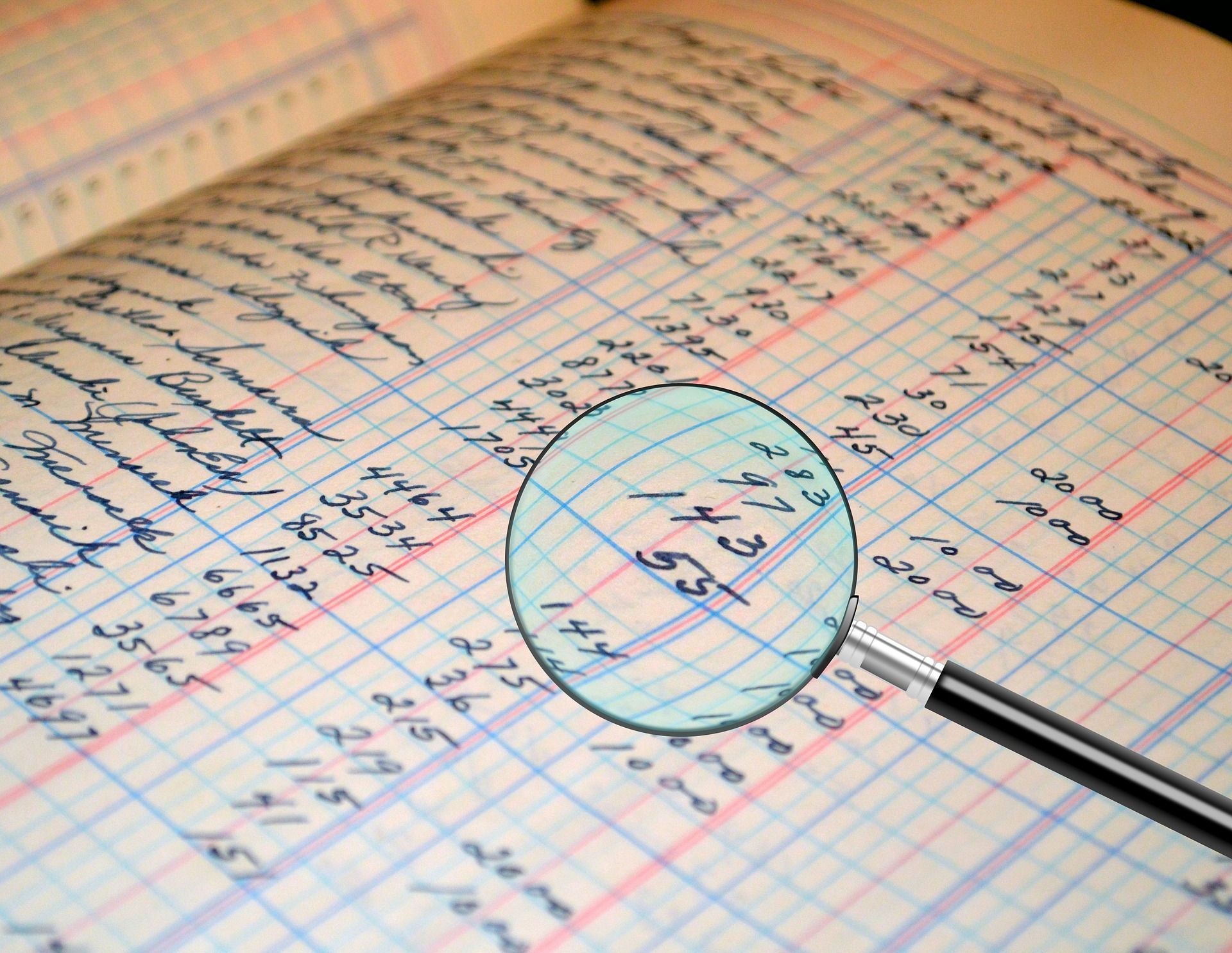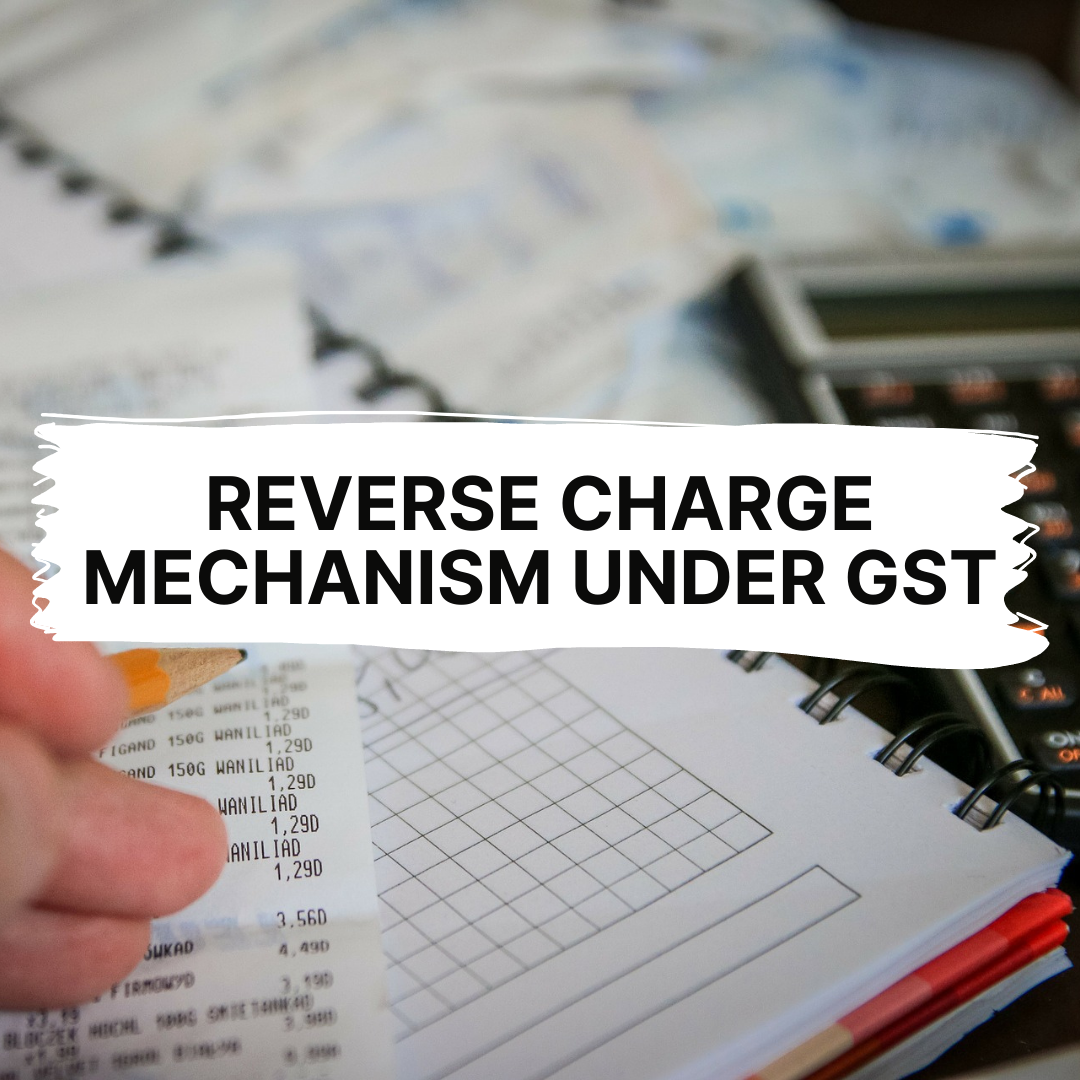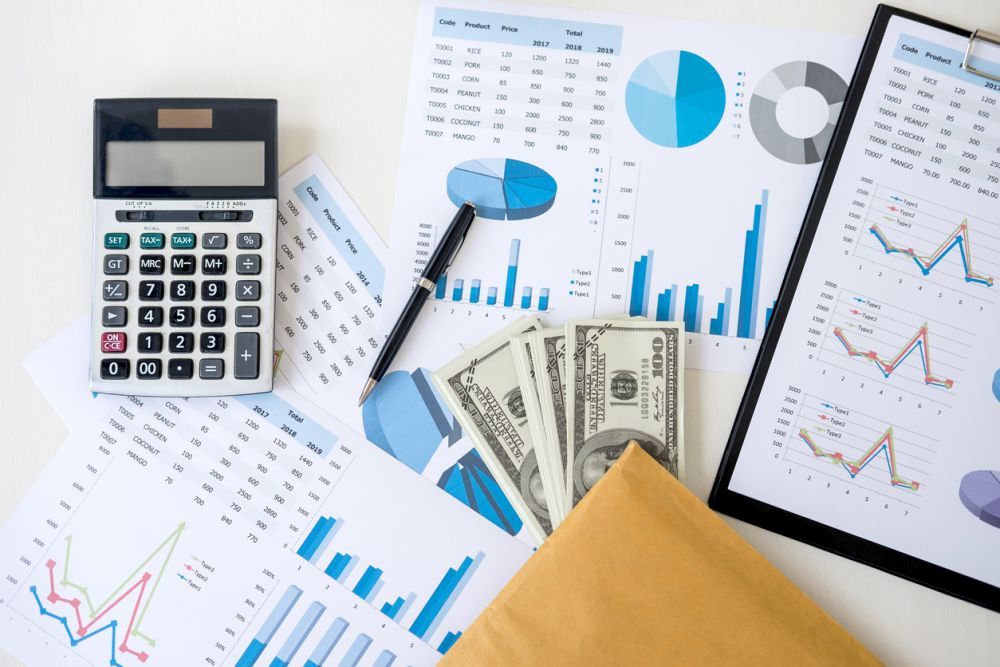GST i.e. the Goods and Services Tax law is a new and evolving tax law in India that is applied at each step of the sales cycle. While this law is new, it is also complex which together is bound to raise doubts in the minds of the taxpayers in regards to registrations, return filings, claiming refunds and other such compliance needed under GST. The Indian government understands this and has hence introduced the concept of certified GST practitioners.
The article will take you through the basics of how to become a certified GST practitioner.
Who is a GST Practitioner?
As per Section 2 (55) of CGST Act, 2017, “goods and services practitioner” means any person who has been approved under Section 48 to act as such practitioner.

Hence, a certified GST practitioner is one who has been approved by the Central and State Governments to perform any or all of these functions on behalf of the taxable person:
- File an application for fresh registration
- File an application for amendment or cancellation of registration
- Furnish details of outward and inward supplies
- Furnish monthly, quarterly, annual or final GST returns such as GSTR-3B, GSTR-1, GSTR-9
- Make payments for credit into the electronic cash ledger. For example, payments for tax, interest, penalty, fees or any other amount,
- File a claim for a refund
- Appear as an authorized representative before any officer of department, appellate authority or appellate tribunal
As per Rule 84, no person shall be eligible to attend before any authority as a certified GST practitioner in connection with any proceedings under the Act on behalf of any registered or unregistered person unless he has been enrolled under Rule 83.
A single registration is sufficient to become a certified GST practitioner on all India basis.
Steps to become a Certified GST Practitioner
If you want to become a certified GST practitioner, you must follow these steps:
Step 1: Register on the GST portal as a GST practitioner (Form PCT-01 and Form PCT-02)
Registration on the GST portal as a GST practitioner happens through Form PCT-01, after which you will obtain the enrollment certificate in Form PCT-02. To do so,
Steps 1A: Filling Part A of Form GST PCT 01
1.Go to the “New Registration” option in the GST Common Portal (https://reg.gst.gov.in/registration)

2.Fill the form. From the “drop-down list”, select that you are a “GST practitioner.” Select your State, District, Name (as per PAN), PAN number, Email and Mobile Number

3.Validate the details using the OTP received in the registered Mobile Number and Email.
4.Post validation, GSTN will generate a 15 Digit Temporary Reference Number (TRN)
5.Navigate to Services>Registration>New Registration option and select the TRN button.
6.Enter the TRN number, the captcha code and proceed. You will receive 2 OTPs on your registered Mobile and Email.
7.Enter the OTP on the next page, “My Saved Application,” and click on the Edit icon under Action. Then click on “proceed.”
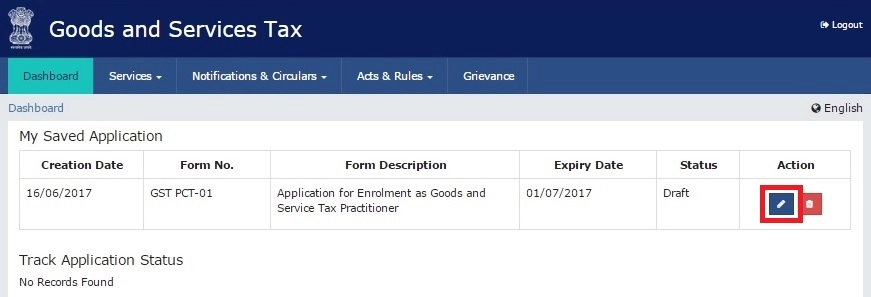
Step 1B: Filling Part B of Form GST PCT 01
The 4 sections which you will have to fill here are-
1.General Details
Select your qualification based on which you want to apply. Enter the name of the university, year of passing and upload the proof of degree
2.Applicant Details
Enter your basic personal details such as your Full Name, Father’s Name, Gender, etc. Then upload your photo.
3.Professional Address
Provide the details of your professional address and also upload proof of the address
4.Verification
Accept the declaration that you are a Solvent Indian Citizen and having a sound mind and you are not convicted by the court. Enter the place and submit using DSC/EVC.
Upon submission, you will get an Application Reference Number (ARN). The status of the application can be viewed through “track application status” on the dashboard of the GST common portal.
Step 2: Verification of the application and issuance of the Certificate
Once you have applied for becoming a certified GST practitioner, your details will be forwarded to the appropriate Officer. The officer would make inquiries as he considers necessary and will either enroll you as a GST practitioner and issue a certificate in Form GST PCT 02 or he will reject your application on the grounds of you being unqualified to become a certified GST practitioner.
However, there is no time limit specified in the rules to accept/reject your application. This makes it quite possible that the officers have not taken any action for multiple months after you have submitted your application. In this case, or in the case that you want your certificate quickly, you should contact the officer in person and request approval.
Step 3: GSTP Exam
After paying the requisite fees, you will have to appear for the GSTP Exam conducted by NACIN for becoming a certified GST practitioner. The exam must be taken within 2 years of enrollment on the GST portal. As a candidate, you will be required to score a minimum of 50% of the total marks to qualify as a certified GST practitioner. The list of enrolled GSTP would then be available on the GST common portal for the taxpayers to choose from.
Hence, the next section of the article will summarize the forms used for GST practitioners.
Forms Used for GST Practitioner
Prerequisites for the GSTP Exam
The prerequisites for all the candidates before they can enroll themselves on the GST portal for GST practitioners in Form PCT-01 and then obtain the enrollment number in Form PCT-02 from the concerned officer after due inquiry are:
- One should be a citizen of India
- One should be a person of sound mind
- One should have not been declared insolvent
- One should have not been convicted for an offence with imprisonment for more than 2 years
After meeting these basic requirements on the path to becoming a certified GST practitioner, the required education or work experience that needs to be met as part of the certified GST practitioner eligibility criteria are:
- A retired officer of the Commercial Tax Department of any State Government or of the Central Board of Excise and Customs, having worked in a post not lower in rank than that of a Group-B gazetted officer, for a period not less than 2 years, OR
- A Tax Return Preparer or Sales Tax Practitioner registered for a period of not less than 5 years, OR
- A graduate or postgraduate degree or its equivalent examination, having a degree in Commerce, Law, Banking including Higher Auditing, or Business Administration or Business Management from any Indian University established by any law for the time being in force, or from a recognised Foreign University, OR
- One has passed any other examination notified by the Government for this purpose, such as:
- Passed final examination of the Institute of Chartered Accountants of India OR
- Passed final examination of the Institute of Cost Accountants of India OR
- Passed final examination of the Institute of Company Secretaries of India
However, one would not be allowed to continue as a GST practitioner if he/she does not clear the GSTP examination conducted by NACIN (National Academy of Customs, Indirect Taxes and Narcotics), Faridabad. Obtaining the certificate of GST Practitioner will lead to an increase in the credibility and trust in the eyes of the taxpayers for the services provided by the practitioner.
Certified GST Practitioner Examination Procedure
The examination for enrollment as a GST practitioner would be conducted by NACIN (https://nacen.gov.in).
Date of Exam
The GSTP exams are conducted across India at the designated centres twice a year. As a candidate, you will be able to opt for the centre of your choice. The date of the exams is notified by NACIN and is also available on the GST portal, GST Council Secretariat and in leading English and regional newspapers.
Registration
To register for your GSTP exam, go to: https://nacin.onlineregistrationform.org/NACIN/. You would be required to log in with the help of your GST enrollment number (user-id) and PAN (password).
Fees
Examination fees need to be paid by the candidate at the time of enrollment, as specified on the NACIN website. The NACIN website also mentions the manner of payment for the fees.
Nature of Examination
The examination involves Multiple-Choice Questions only through a computer-based test.
Result Declaration
After the examination is conducted, NACIN declares the result within one month which will be communicated to you through email/post.
Passing Marks
In order to become a certified GST practitioner, you will have to score at least 50% of the total marks. This score and therefore passing of the GSTP examinations should be done within a period of 2 years of enrollment. There is however no limit on the number of attempts taken by you to clear your GSTP examination in those 2 years.
Examination Syllabus
The paper- “GST Law and Procedure” would cover the following legislations:
- The Central Goods and Services Tax Act, 2017
- The Integrated Goods and Services Tax Act, 2017
- All the States Goods and Services Tax Acts of 2017
- The Union Territory Goods and Services Tax Act, 2017
- The Goods and Services Tax (Compensation to States) Act, 2017
- The Central Goods and Services Tax Rules, 2017
- The Integrated Goods and Services Tax Rules, 2017
- All the States Goods and Services Tax Rules, 2017
- Notifications, Circulars and orders issued from time to time under the said Acts and Rules
GSTP Examination Do’s and Don'ts
The Do’s and Don’ts of the GSTP examination to be kept in mind to ensure that you become a certified GST practitioner are:
Do’s
- Register for the exam on the NACIN website well in advance, and within the given time period.
- Pay examination fees.
- Study the GST laws and return filing processes thoroughly.
- Stay updated with amendments in GST law.
- Carry original identity documents such as PAN, Voter ID and Passport.
- Carry the Admit Card to the examination hall.
Don’ts
- Do not reach late for the examination as the gates close 15 minutes before the commencement of the exams.
- Bringing prohibited items like mobile phones, smartwatches and Bluetooth devices inside the examination hall.
- Using unfair means or practices during the examination.
- Tampering with the hardware/software deployed for the examination.
- Misbehaving in the exam centre in any manner.
License Validity
The license of a certified GST practitioner is valid for a lifetime in the area enrolled. The license becomes invalid only upon cancellation by the authorities.
How Can Deskera Help Your Business with Accounting?
Deskera is that all-in-one cloud software, through which your accounting becomes simpler as well as accessible in real-time across different platforms. It enables combined handling of your business accounting, financial management and inventory management to mention a few key areas. This is made possible through Deskera Books.
Deskera Books is also a boon when it comes to complying with the complex taxation regimes of the countries. While the key to understanding them is by understanding their minute details, in India, there are certified GST practitioners to help you out.
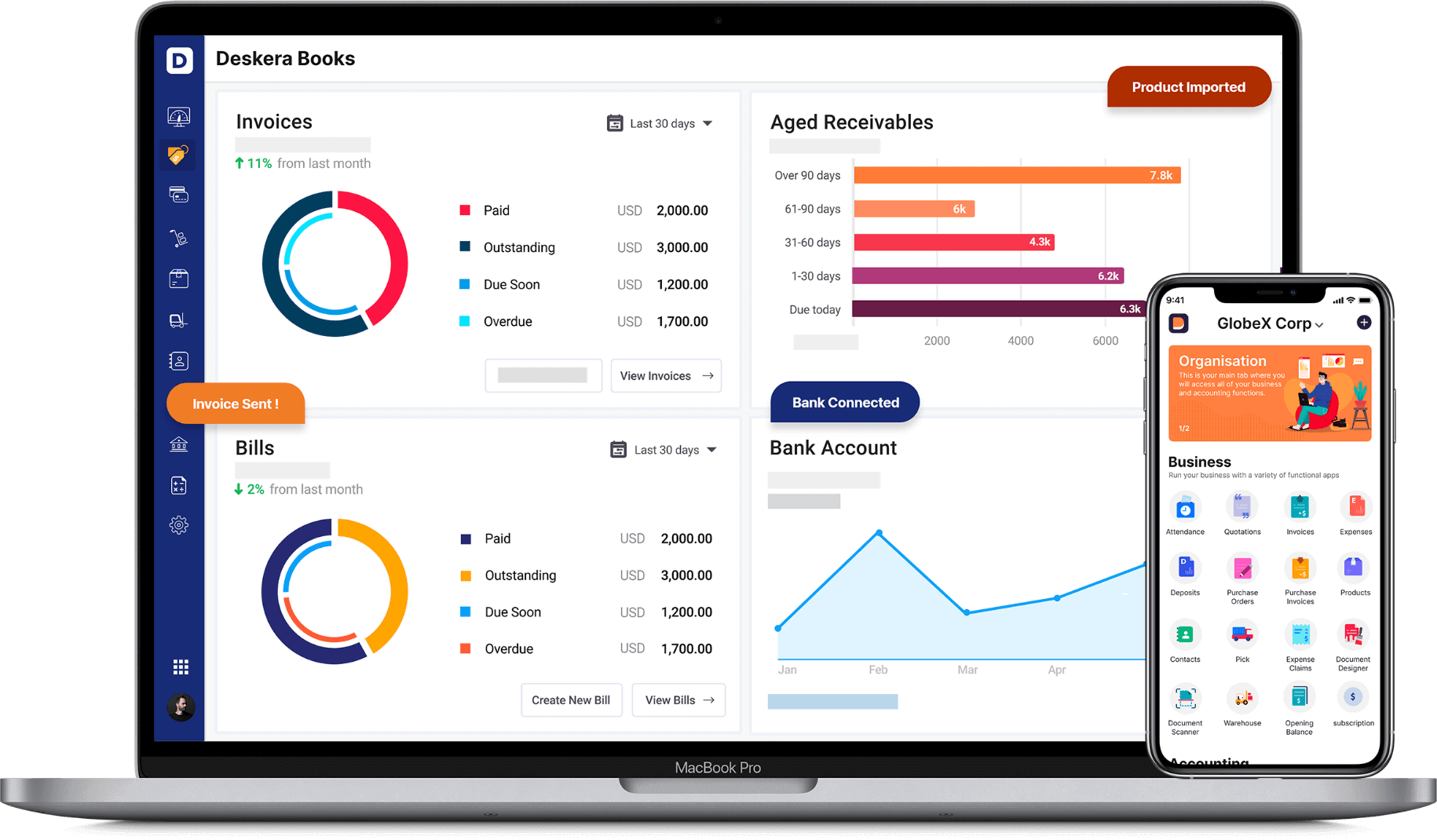
However, it is Deskera Book’s accounting dashboard, tracking of operating income, operating expenses, account receivables, account payables and your financial statements which is a big help to your certified GST practitioner. In addition to this, Deskera Books also track your financial KPIs, marketing KPIs, performance of your landing pages and accordingly optimization of your landing pages as well as the creation of invoices.
To know more about how Deskera Books will make accounting hassle-free and error-free for you, click on the below link to get a free trial-
If you want to learn more about how to manage and set up India GST in Deskera, go through the following video-
Key Takeaways
A certified GST practitioner is one who acts as a bridge between the taxpayers and the GST laws. He is the one who makes the otherwise complex system easier to comply with. It is because of this reason that becoming a certified GST practitioner holds so much importance. The steps for becoming a certified GST practitioner are:
- Registering on the GST portal and filling up the Form PCT-01 as a GST practitioner
- Giving all your basic details on filling the Form PCT-01 (A) in Form PCT-01 (B), along with all the supporting documents.
- Verification of your application and issuance of GST practitioner certificate by the relevant authorities
- Passing the GSTP examination
Once you have enrolled as a GST practitioner, your client can authorize you to file GST returns like GSTR-2a, GSTR-2b, input tax credit and many more such filings. Your client will have to authorize you for the same by filing Form GST PCT-05 on the GST Common Portal. Post this, you will have to affix your digital signature on each of the GST returns prepared by you. However, if dissatisfied, your client can take back their authorization.
Related Articles

